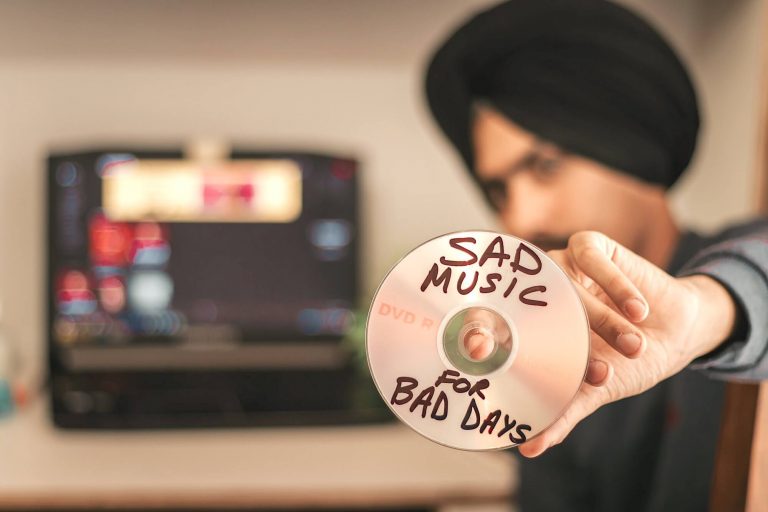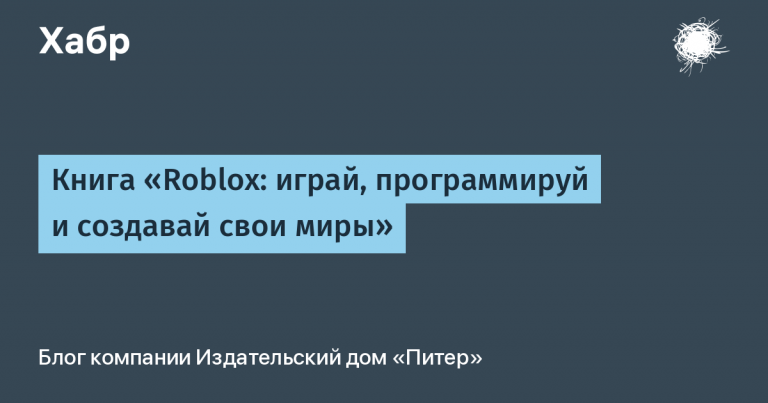Grid computing performance exceeded 81 million petaflops, but science only got 470, ready to participate?
And if the use of spending so many computing power to find a signal from an intelligent civilization among the many other radio signals recorded by the telescope seems somewhat doubtful, then other projects like SETI @ Home are more applied, even despite the fact that the same Folding @Home began donating computing power to the fight against coronavirus when there are many other diseases and tasks, perhaps no less important, and perhaps even more. On the other hand, the latest news added 400,000 adherents to the project in a very short period, which in particular will help in the future to invent medicines for other misfortunes.
But what truly astonishes is the progressive Idiocracy of our world, and this year its special aggravation can be traced. Folding @ Home is currently the largest distributed computing charity for science, has 470 petaflops at its disposal, which is more than 2 times the performance of a supercomputer system. Summit, but at the same time 81000000/470 = 172,340 times less than the performance of the world’s most powerful distributed computing system, which serves what do you think? Bitcoin! And it has a performance of almost 81 million petaflops.
This article is an attempt to draw attention to the problem, and perhaps switch the attention of someone engaged in cryptocurrency mining to really vital tasks, because you cannot buy life with cryptocurrency and money, although, of course, there is benefit from mining. These people make money for computer farm manufacturers, electricity suppliers and data centers.
We, as a hosting provider, sometimes have free resources, but we have to pay very impressive electricity bills, which, as we can see, is very expensive if the school administrator has managed to damage the institution for $ 1.5 million in 10 years. Therefore, we do not install such distributed computing systems on servers and do not encourage mining at all, since it is expensive and pointless, and no one likes peak network loads. Home or office individual users are another matter. If you have the opportunity to start some kind of computing process, in addition to mining cryptocurrencies, while using idle power, this can bring significant benefits to you and science in particular. Just register in one of the projects – Folding @ Home or BOINC to choose from. And you will definitely contribute. Another thing is the contribution to what and will it really be as valuable as it is said about it?
BOINC Is a program that provides unused time on your computer for scientific projects such as SETI @ home, Climateprediction.net, Rosetta @ home, World Community Grid and many others. After installing BOINC on your computer, you can choose and participate in several projects at the same time, which you can decide for yourself. On the site https://boinc.berkeley.edu/ it is possible to choose which calculations for science you want to carry out.
Folding @ Home (F @ H, FAH) is a distributed computing project for computer simulation of the folding of protein molecules. The project was launched on October 1, 2000 by scientists from Stanford University. Bitcoin became the largest distributed computing project in 2017, overtaking Folding @ Home. However, in March 2020, everything changed:
On March 14, 2020, tech giant NVIDIA Corporation made an appeal to gamers to use the power of their home computers to fight the coronavirus. A few days later, CoreWeave, the largest American miner on the Ethereum blockchain, announced that it was joining the fight against the coronavirus. Russian telecom giant MTS also did not stand aside and announced that its cloud resources will be directed to the Folding @ Home project in order to accelerate work on finding a cure for the new coronavirus.
Four weeks after turning F @ H into the fight against coronavirus, Greg Bowman announced that 400,000 volunteers around the world have joined the project. With the influx of new users following the announcement that F @ H is joining the fight against the new coronavirus, the capacity of the project has increased to 470 petaflops. Thus, the Folding @ Home project can be called the most powerful supercomputer in the world, second only to Bitcoin, with a capacity of 80704291 petaflops.
On March 26, 2020, the total computing power of the network exceeded 1.5 exaflops, which is almost equal to the total performance of all supercomputers in the TOP500 world ranking – 1.65 exaflops.
On April 12, 2020, the total computing power of the network exceeded 2.4 exaflops, and on April 23 – 2.6.
Nevertheless, this is still significantly below the performance of the Bitcoin system, whose participants could also contribute. But maybe poor awareness prevents you from doing this, or maybe the reason for everything is different?
I personally knew about the SETI @ Home project, and even took part for some time in 2004-2006, until I decided that the value of these calculations tends to 0, but I did not know everything about Folding @ Home, which has many planned studies for years of calculations ahead and the value of which is probably higher (unless we take into account that they succumbed to world hysteria in order to develop a vaccine against only one disease, while many other studies are suspended). And successfully became part of the network for a while:

Nevertheless, after only a short period of use (about a week of intensive calculations), having given my Mac for cleaning, the service told me: “We replaced the thermal paste on the video card for you, since it simply dried out, did you actively work with graphics?”
Are you ready to carry out such calculations for free for the sake of “science”, when it is not clear which people prioritize COVID-19, which, as has already been proved in Sweden, does not cause any particular problems, while the rest of the research becomes for some reason secondary, although perhaps more important? Or for the sake of dubious numbers in the Bitcoin wallet, which clearly will not cover your costs for powering and maintaining your computer (and even if they do, but are not of any practical use)?
Personally, I am not. Therefore, I removed the Folding @ Home program, deciding for myself that all these “distributed computing” are about as useful as Bitcoin. After all, it became obvious to me that if something is developed thanks to these calculations, then alas, it will be sold to pharmaceutical corporations for quite real money, which will charge you and me for medicines. And if we are charged for medicine, it is logical that the participants should be paid some money for their computing resources, then the research program written in the road map will be more robust (and not the level of Seti @ Home, from which there is more harm as a result, than benefits, since a huge amount of resources was used without any specific result), and these studies should be paid primarily by pharmaceutical companies that will sell certain drugs to you and me.
And since few potential drug developers are willing to share the budget and fund Folding @ Home and its users, the value of the project seems highly questionable. Otherwise, why don’t pharmaceutical corporations fund the project and their users massively?
After all, it would be possible to attract even more people to the project by promising, albeit a small, but payment for their resources. Which would be fair and reflect the level of utility. Funds for payments to users could be taken from pharmaceutical companies that need distributed computing resources for the production of certain drugs, and they could be distributed proportionally among users depending on what part of the resources they provided for a particular study. And also from state budgets and taxes, because the hadron collider is financed for some reason? Why not fund a more useful project if it will help get medicines for Parkinson’s, cancer and other diseases?
Obviously, the benefits of these projects are about the same as the benefits of a project to search for extraterrestrial civilizations, otherwise all this would be financed by pharmaceutical companies and would actively use the results obtained. Or, these “charitable” organizations are already selling data to them, motivating the users involved in the project for free to think that they are working for the good of all of humanity. While the benefit they bring only a small share of it, and specifically to those who work in these projects as administrators, who prevents to go to someone from the organization, and motivate him a little financially in order to push this or that research?
Surprisingly, for some reason on the network, no one has ever raised these questions. Moreover, large companies like Amazon and even mobile operators were involved in the project, assuring ordinary people – potential “victims” of marketing, of the extreme benefit of this whole business.
What is your opinion on this issue? Perhaps I am mistaken, and only through sacrificial collective participation in something does science develop? How much does a life cost or $ 2.1 million per injection: a wonderful gene therapy – perhaps this article will be a good answer to the second question and make many think before sacredly believing benefactors.
A bit of advertising 🙂
Thank you for staying with us. Do you like our articles? Want to see more interesting content? Support us by placing an order or recommending to friends, cloud VPS for developers from $ 4.99, a unique analogue of entry-level servers, which was invented by us for you: The whole truth about VPS (KVM) E5-2697 v3 (6 Cores) 10GB DDR4 480GB SSD 1Gbps from $ 19 or how to divide the server correctly? (options available with RAID1 and RAID10, up to 24 cores and up to 40GB DDR4).
Is Dell R730xd 2x cheaper in Equinix Tier IV data center in Amsterdam? Only here 2 x Intel TetraDeca-Core Xeon 2x E5-2697v3 2.6GHz 14C 64GB DDR4 4x960GB SSD 1Gbps 100 TV from $ 199 in the Netherlands! Dell R420 – 2x E5-2430 2.2Ghz 6C 128GB DDR3 2x960GB SSD 1Gbps 100TB – From $ 99! Read about How to build the infrastructure of bldg. class with Dell R730xd E5-2650 v4 servers costing 9000 euros for a penny?



